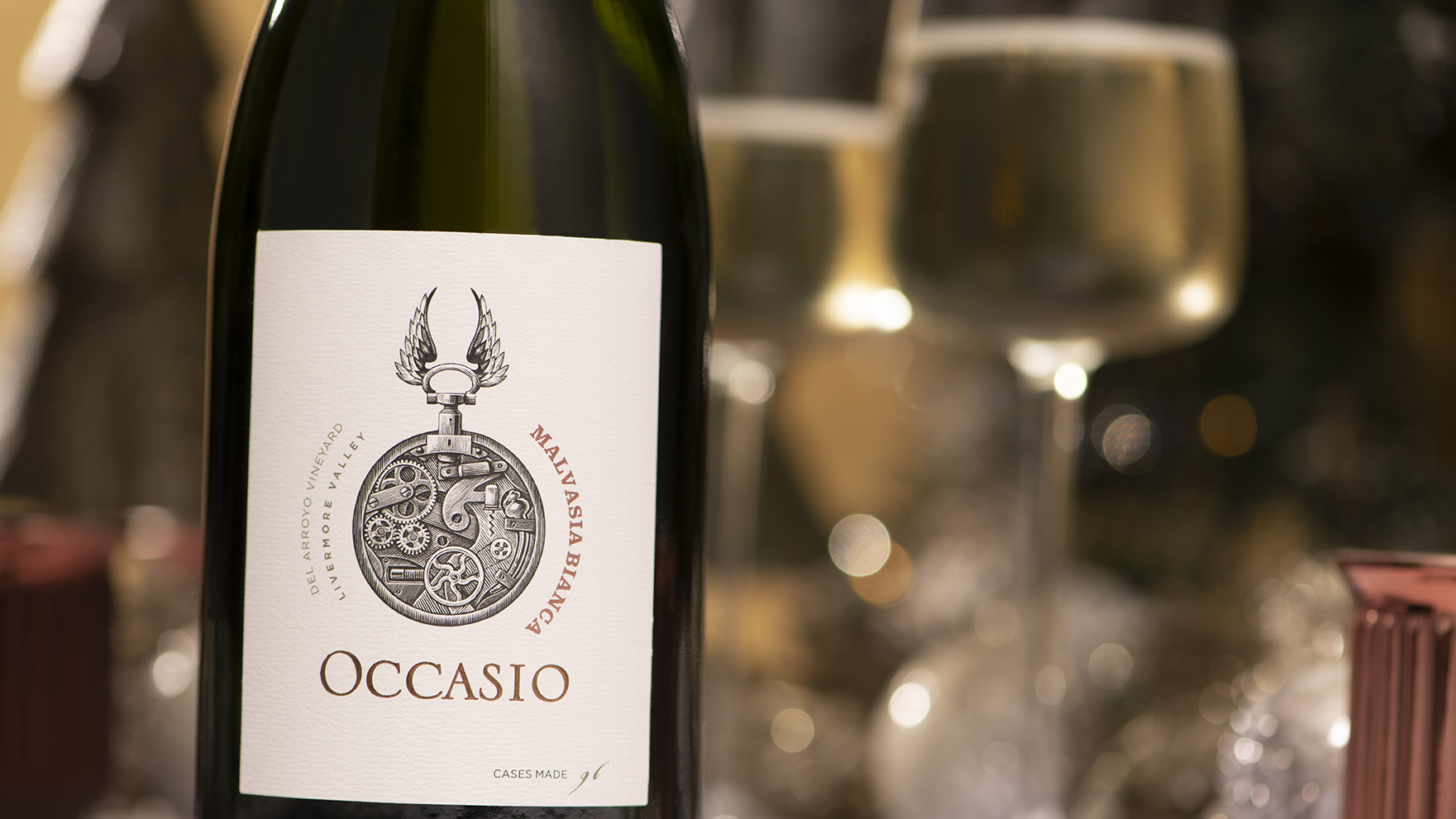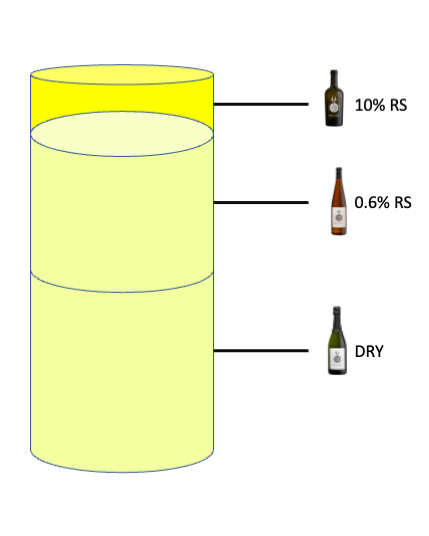Sparkling Malvasia – An Origin Story

Come quickly, I am tasting the stars!
attributed to Dom Perignon
The legend of Dom Pérignon and his creation of sparkling wine is romantic. Unfortunately, it is just advertising copy.
Sparkling wine began much earlier than the Dom; the earliest written records detail its production as early as 1520 at the Benedictine Abbey of St. Halaire in Southern France. In fact, Dom Perignon actually perfected still wines – solving the ‘exploding bottle’ problem that had plagued vintners through the ages.
Today, there are five methods that can be used to produce sparkling wine. The two most common are Méthode Champenoise and the Martinotti, or bulk Charmat, process. Charmat is used for less expensive sparkling wines like prosecco, while the Champenoise method is used for finer wines.
Methode Champenoise requires several time consuming steps. First is the production of the still wines that will be used as the base. Next, the still wines are bottled with a controlled dosing of yeast and sugar called ‘tirage.’ This will initiate the secondary fermentation within the bottle that will produce the CO2 bubbles.
Once secondary fermentation is complete, the bottles are allowed to rest in contact with the yeast from one to several years depending on the winemaker’s style. A short rest (1 – 2 years) produces a fruit-forward style, while additional aging gradually introduces more complex aromas from the yeast.
At the finish of tirage, the bottles are riddled – a process that moves the yeast towards into the neck of the bottle and towards the cap. Then, the cap is frozen, and the wine disgorged. Disgorgement uses the bottle pressure to push the frozen yeast plug out of the bottle, leaving behind a clean sparkling wine. Immediately after disgorgement, a small ‘dosage’ of sugar, wine, and brandy is added to adjust the sweetness level of the wine and to replace any wine that is lost in disgorgement. Sugar is used to balance the acidity and add sweetness. Sweetness classifications can be viewed here.
In vintage 2020, Livermore Valley produced an outstanding crop of the Malvasia Bianca cultivar. We couldn’t help but acquire a large harvest of this exceptional fruit. Normally, we contented ourselves with producing small amounts of our popular off-dry still wine, but in 2020 we decided to produce additional wines from the fruit.
Part way through fermentation, at about 10% residual sugar, we drew off the wine that we would make our Angelica from. Angelica is one of California’s earliest wines.
The remaining wine was divided into two products: our off-dry Malvasia Bianca (at around 0.6% residual sugar), which was bottled in December 2020, and a fully dry Malvasia Bianca that would become the base wine for our sparkling.
At dryness, the base wine was racked off its lees and bottled with a controlled dose of sugar and yeast. The wine rested through its secondary fermentation, and then an additional 15 months in the bottle before it was riddled and disgorged in September 2022.
A series of dosage trials resulted in using our Angelica from the same harvest in place of a traditional mix of sugar and wine. The Angelica balanced the acidity and amplified the exotic fruit aromas of the Malvasia. The final dosage brought the residual sugar to 1 percent – within the Brut category.
Our non-vintage dated Sparkling Malvasia features notes of stone fruit and exotic spices with a finish that lingers on the palate. It is an outstanding accompaniment to a range of festive hors d’oeuvres.
Occasio Sparkling Malvasia Bianca from the 2020 vintage.
Bottled September, 2022, and released December, 2022.
Purchase here for pick up or shipping. Shipping is included on purchases of 6 or more bottles.

Breakdown of the 2020 Malvasia production


